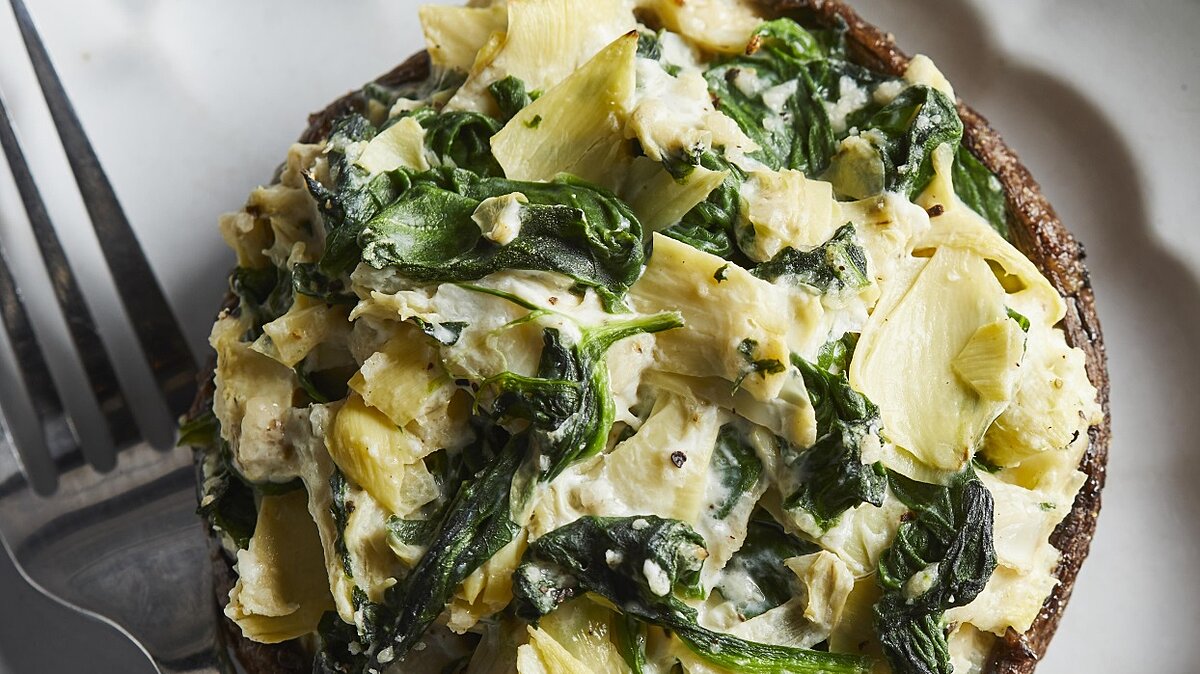What You Need To Know About Alzheimer’s Disease
Alzheimer’s Disease is a form of dementia that affects memory, thinking and behavior. It is an irreversable, progressive brain disorder. Late onset Alheimer’s occurs in the mid 60’s, early onset Alzheimer’s occurs in the 30-40’s. Amyloid plaques and tangled bundles are some of the main features. The other feature is the loss of connections between nerve cells in the brain. As many as 5.8 million Americans age 65 and older may have Alzheimer’s disease. Genetics, environmental factors, toxins, and microbiome modulation play a role in onset. Newer theories for onset include sleep, stress, menopause and hypertension and are being studied. Currently approved Alzheimer’s treatments, which treat Alzheimer’s symptoms only and are not disease-modifying — are three cholinesterase inhibitors, donepezil (Aricept), rivastigmine (Exelon), and galantamine (Razadyne); the NMDA receptor modulator memantine (Namenda); and a combination treatment of memantine and donepezil (Namzaria).
Two new studies have shown some promise to help people with Alzheimer’s disease.
Published in the journal Scientific Reports, the researchers found a correlation between the composition of the gut microbiome and the behavioral and cognitive performance of mice carrying genes associated with Alzheimer’s. The findings are the first to demonstrate a direct connection between the gut microbiome and cognitive and behavioral changes in an Alzheimer’s disease animal model. Although more research is needed, this shows a correlation between gut health and brain health. Consume a diet rich in pre ad probiotic foods such as: Artichokes, oats, asparagus, onions, garlic, and fermented foods.
Another study, published in The Journal of Alzheimer’s Disease, showed that exercise may reduce decline in global cognition in older adults with mild-to-moderate Alzhiemer’s disease. The researchers primary finding indicated that a 6-month aerobic exercise intervention significantly reduced the decline in global cognition in comparison to Alzheimer’s disease dementia’s natural course of decline. Both cycyling and stretching were found to be effective.
Accumulating evidence shows that nutritional factors influence the risk of developing Alzheimer’s disease and its rate of clinical progression. Dietary supplementation of antioxidants, B vitamins, polyphenols, and polyunsaturated fatty acids are beneficial to Alzheimer’s disease, and consumption of fish, fruits, vegetables, and coffee, reduce the risk of Alzheimer’s. Dietary patterns summarizing an overall diet are gaining momentum in recent years. Adherence to a healthy diet, the Japanese diet (fish, seafood, and plant-based foods with minimal amounts of animal protein, added sugars, and fat), and the Mediterranean diet (fruits, vegetables, and whole grains, and it includes less dairy and meat than a typical Western diet) is associated with a lower risk of Alzheimers disease.
If you suspect a loved one has Alzheimers disease, it is very important to reach out to your physician for testing and evaluation. Tests such as the Mini-Mental State Examination (MMSE) and the Alzheimer’s Disease Assessment Scale-Cognitive subscale (ADAS-Cog) can be done as well as blood work and scans.
Spinach & Artichoke-Stuffed Portobello Mushrooms
Stuffed mushrooms and spinach-artichoke dip come together in this quick vegetarian recipe. Serve these cheesy stuffed mushrooms with a big salad for a satisfying and healthy dinner.
Recipe Summary
Directions
Tips
Tip: To prepare mushroom caps, gently twist off the stems of whole portobellos. Using a spoon, scrape off the brown gills from the underside of the mushroom caps. If you prefer, purchase mushroom caps rather than whole mushrooms.
Nutrition Facts
Exchanges:
Do You Need Zinc
Zinc is a nutrient found naturally in the body. Aduts contain 2-3 grams of zinc, about 0.1% is eplenished daily. It helps to fight off invading bacteria and viruses ,as well as help with metabolic functions, wound healing, growth, DNA synthesis, gene expression and development and our sense of taste and smell. As we age, zinc levels can be depleted, but a well rounded, complete diet should be enough to keep our levels normal. Many people are taking zinc to protect themselves from Covid. Taking prolonged, high doses of zinc is not safe and can lead to a copper deficiency, and significant long term usage can put you at greater risk of developing prosate cancer, lowered immune function and low HDL.
Some symptoms of zinc deficiency include: Rash, changes in taste, sight and smell, difficulty with wound healing, hair loss, impotence and poor growth and development. People with Crohn’s disease, Ulcerative Colitis , Chronic renal disease, sickle cell, diabetes and chronic diarrhea are also at risk of zinc deficiency. If you are going to take supplemental zinc, it is best to take it one hour before or two hours after meals. If you have an upset stomach, you can take it with food. The most absorbable form is zinc picolinate. Do not take zinc if you are currently taking amiloride (a diuretic). The recommended dosage is 11 mg for men and 8 mg for women.
It is best to get our zinc from food. It is important to note that phytates, which are found in whole grains, legumes and cereals, can bind to zinc and inhibit absorption. Some great sources of zinc include:
- Oysters
- Crab
- Mussels
- Lobster
- Poultry
- Beef
- Poultry
- Shellfish
- Oatmeal
- Green Peas
- Nuts and seeds: pumpkin, cashews, hemp, almonds
- Mushrooms
- Asparagus
Stay away from high dose supplements and always consult your physician or RD when in doubt. Food is always a safe way to incorporate zinc ito your diet. Only us zinc supplements when medically necessary/advised by your physician. Zinc is an important nutrient that can easily be found in food.
Crab & Pea Cakes with Sesame-Ginger Aioli
Recipe Summary
Ingredients
Directions
Tips
To make ahead: Prepare through Step 2; refrigerate crab mixture and aioli separately for up to 1 day.
Nutrition Facts
Exchanges:





